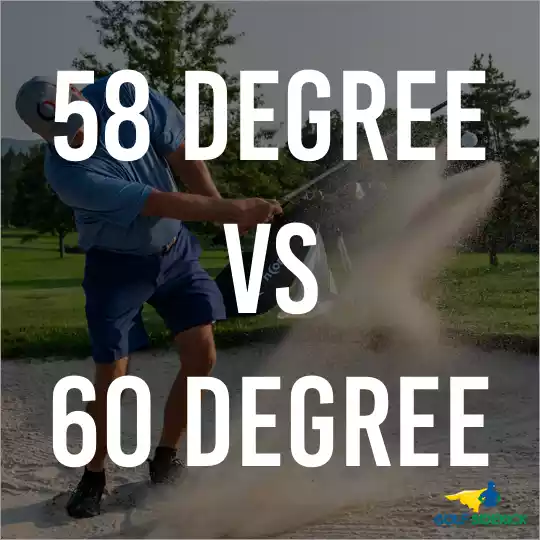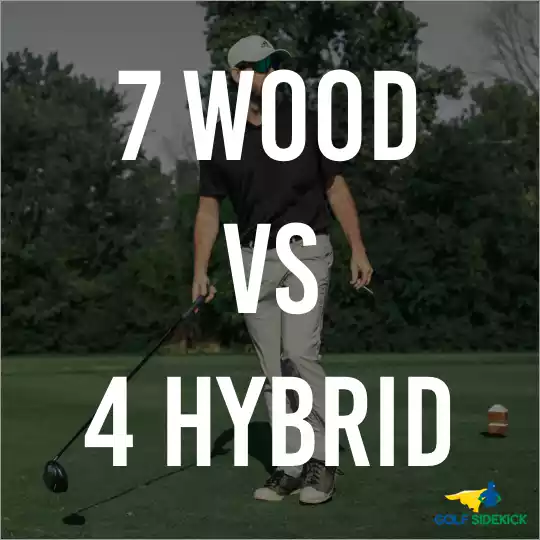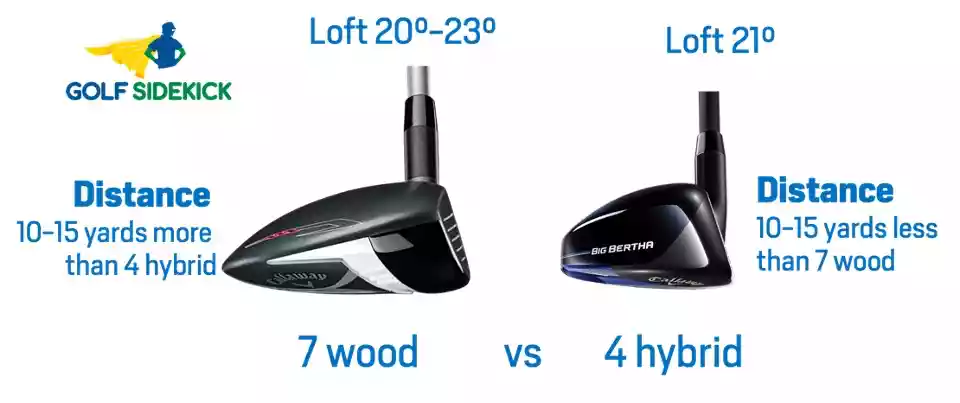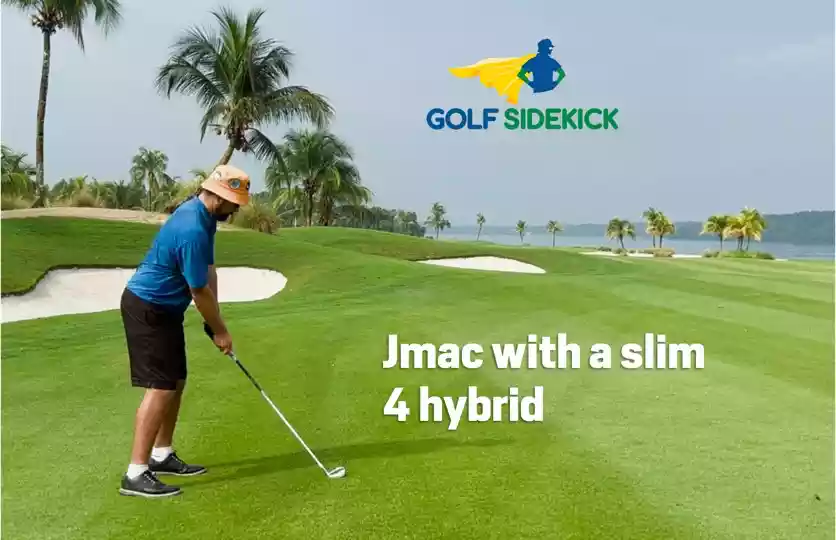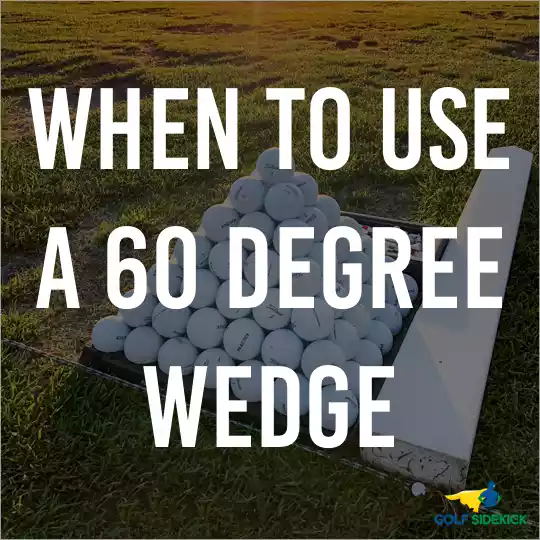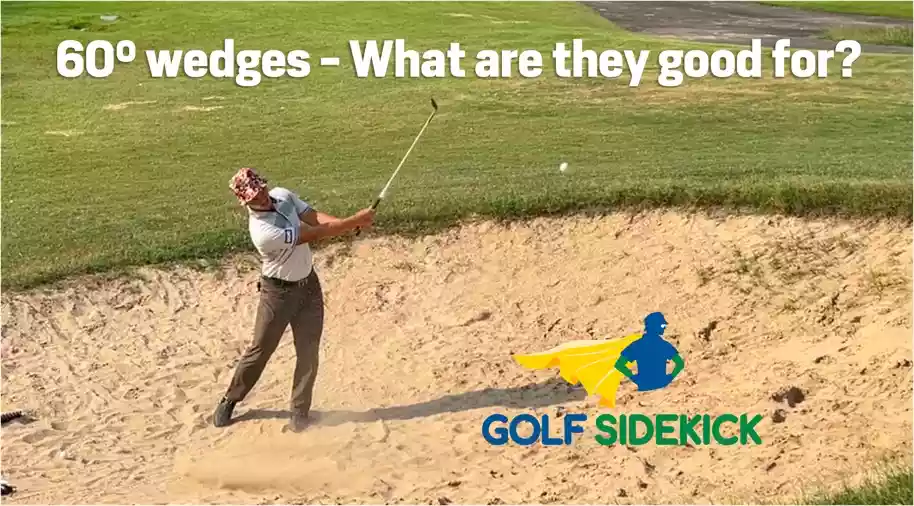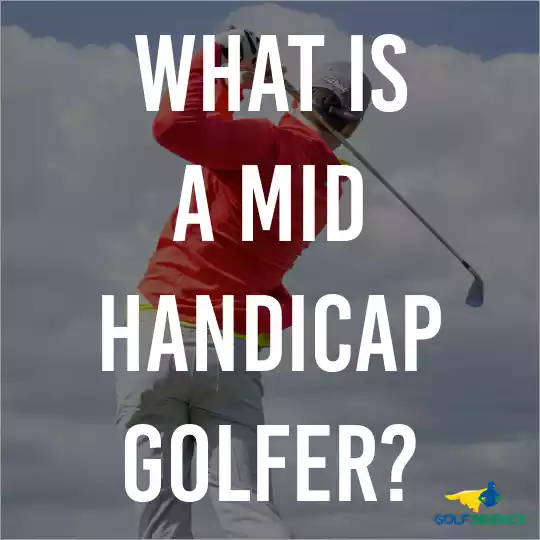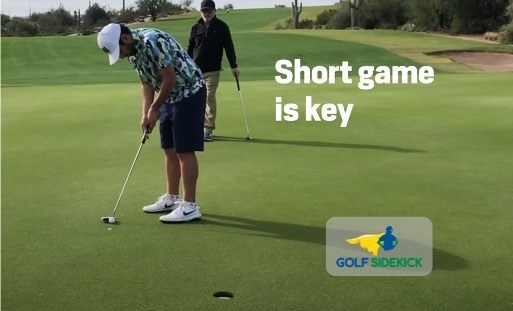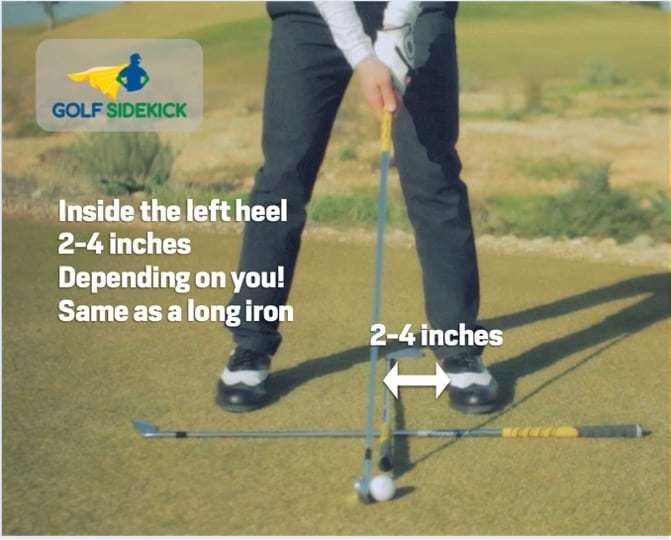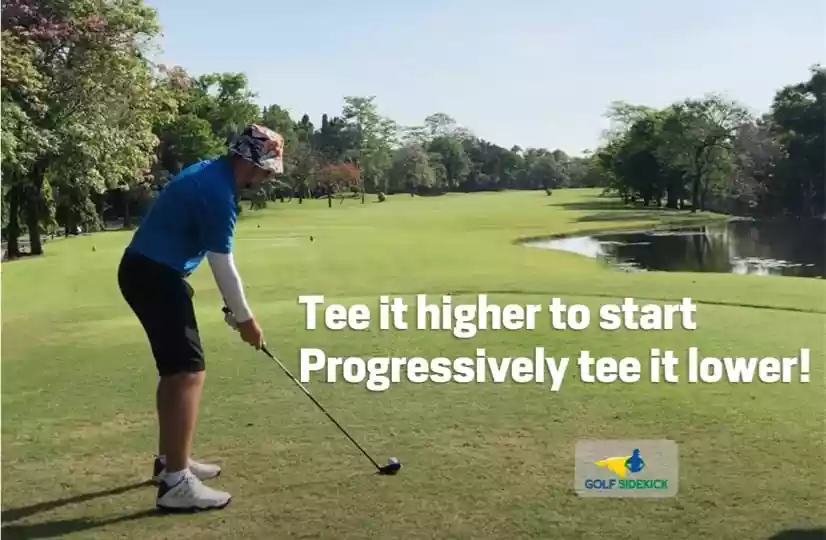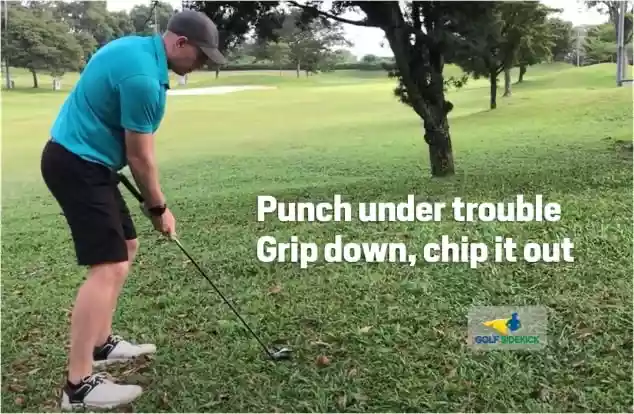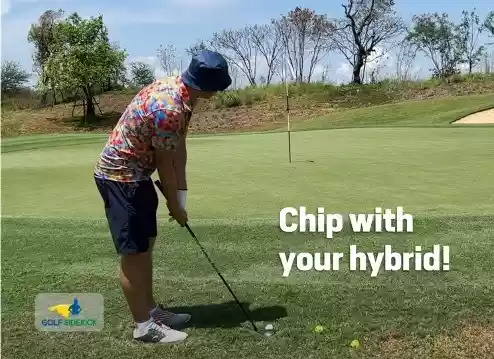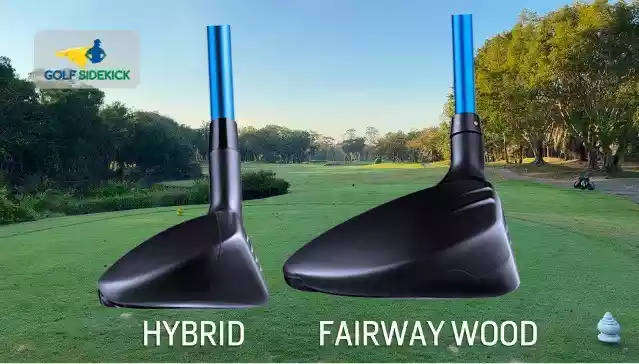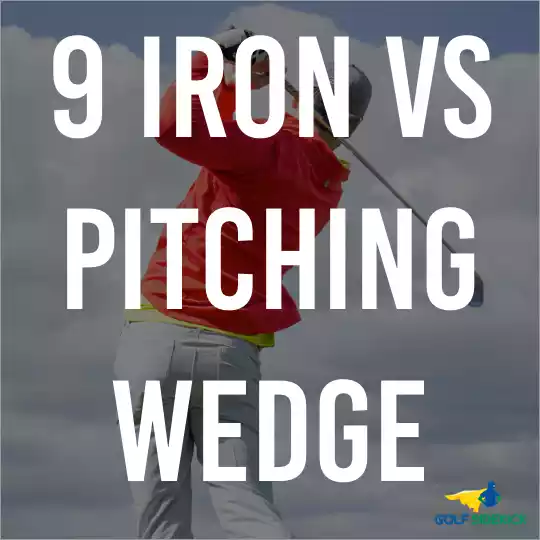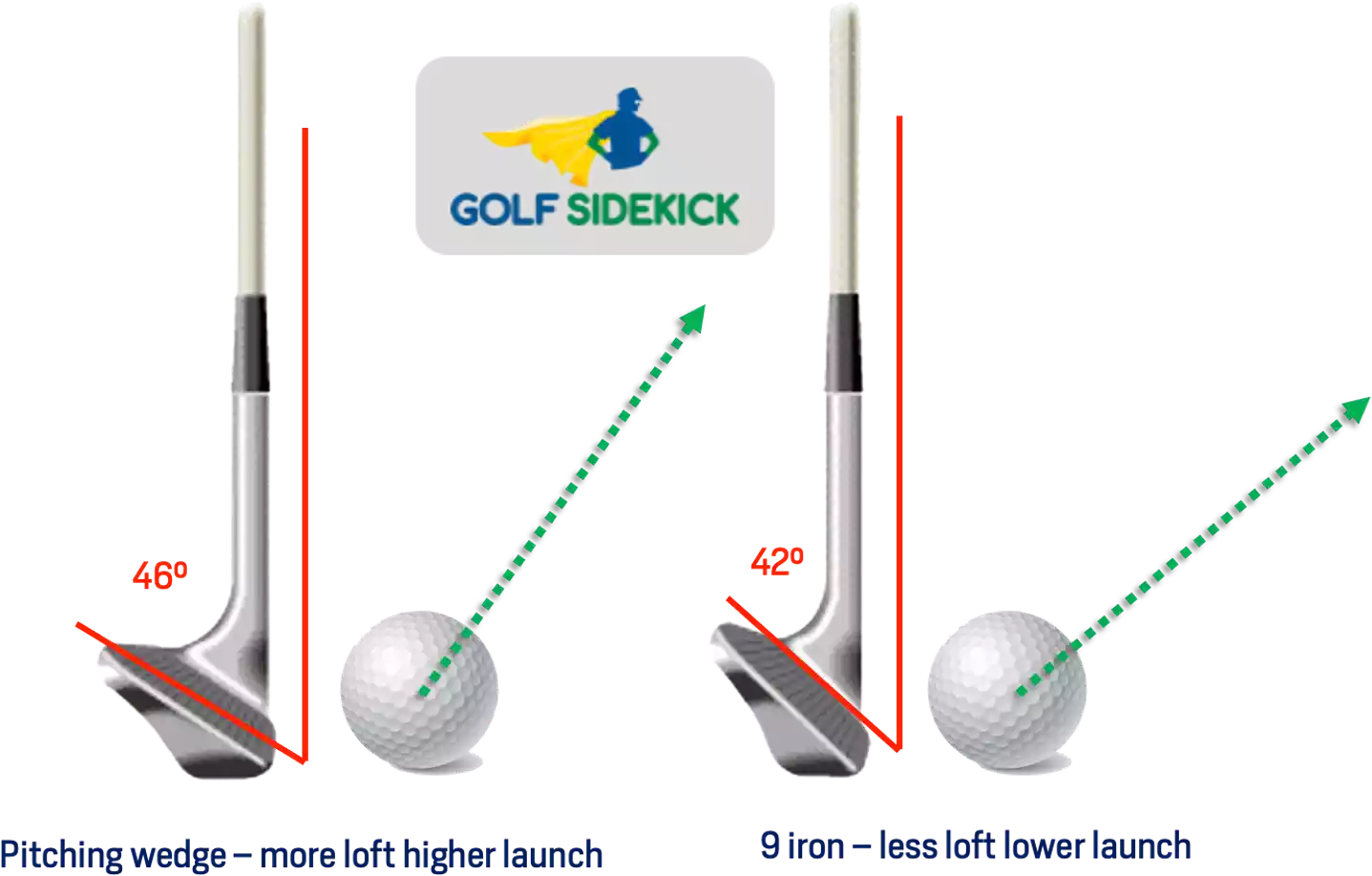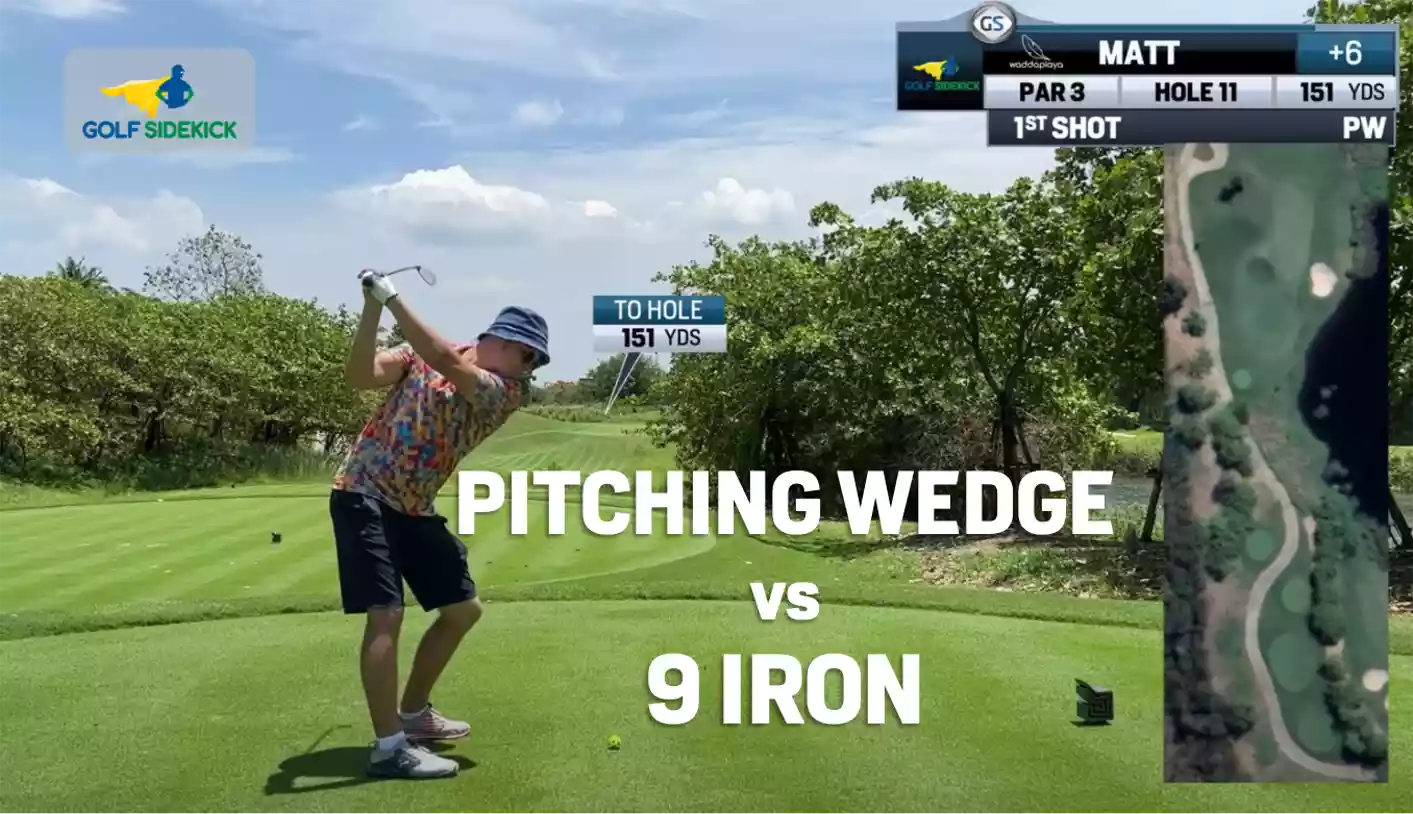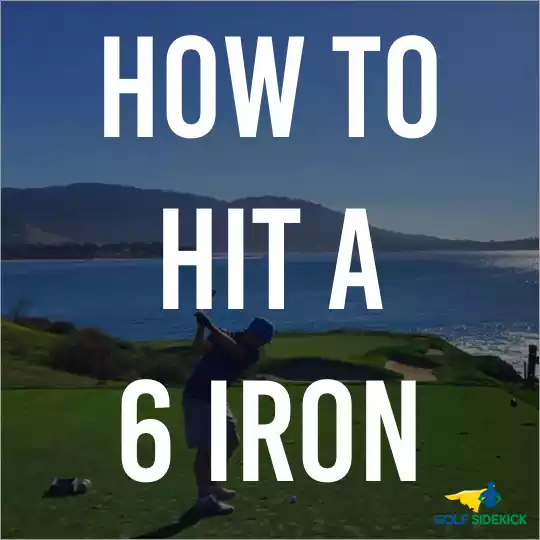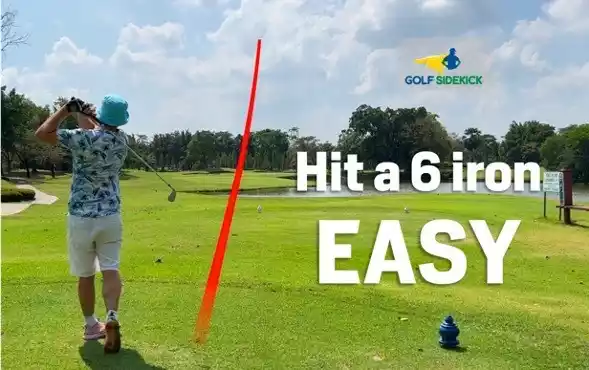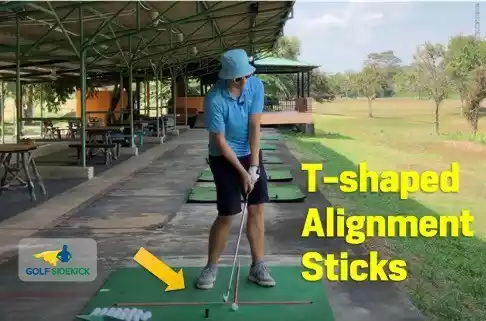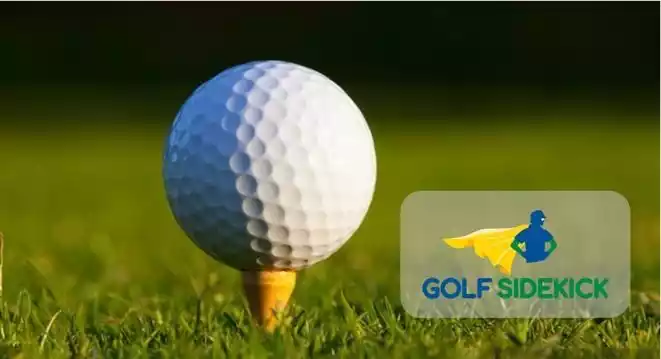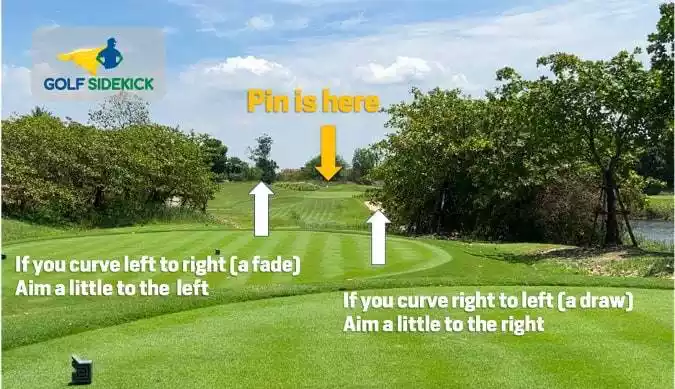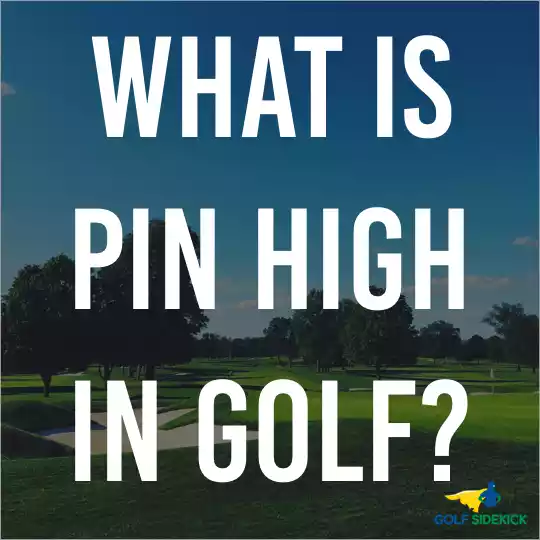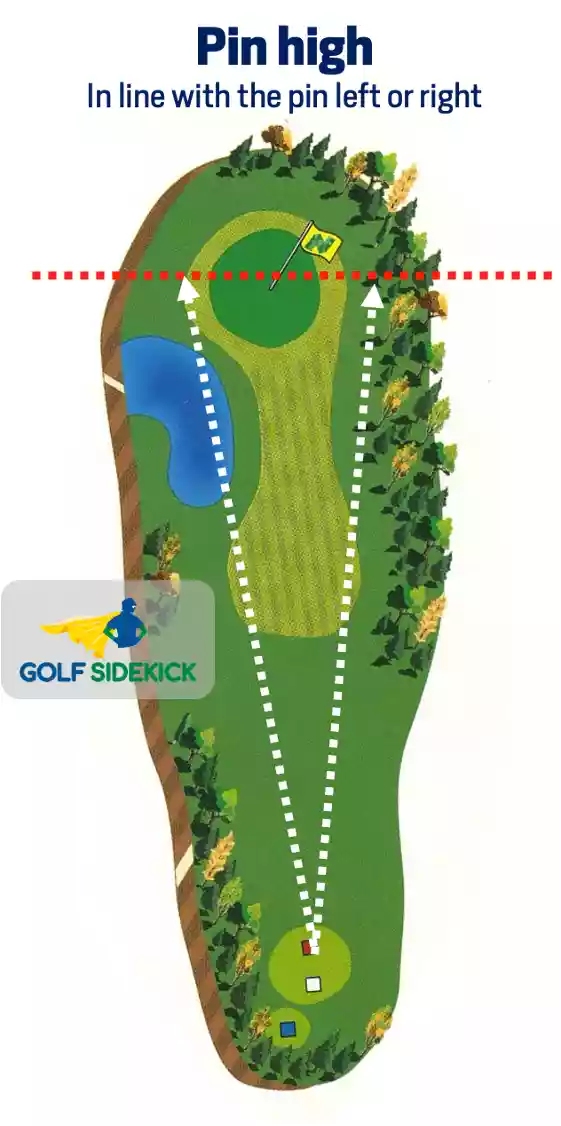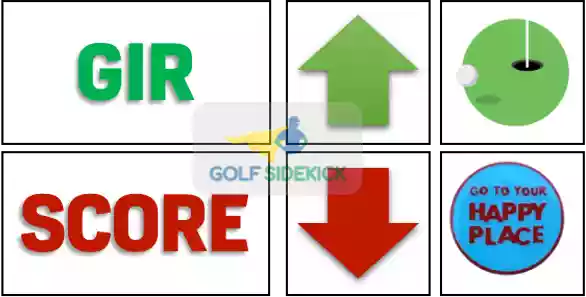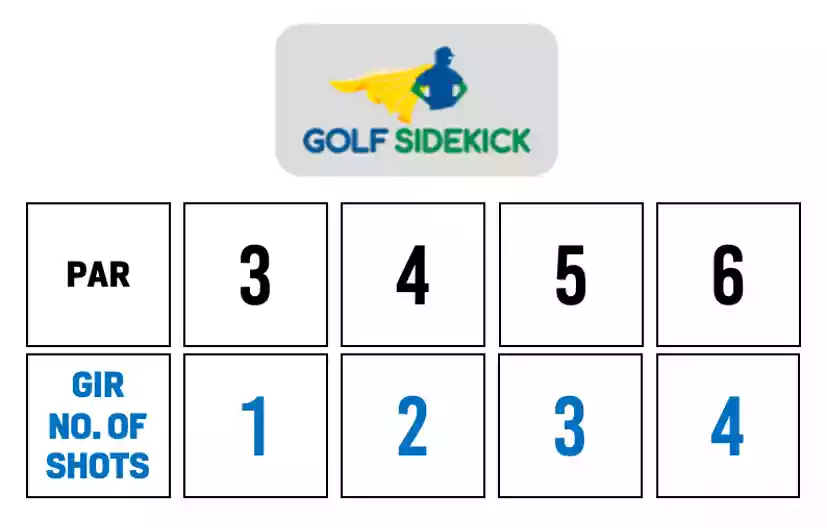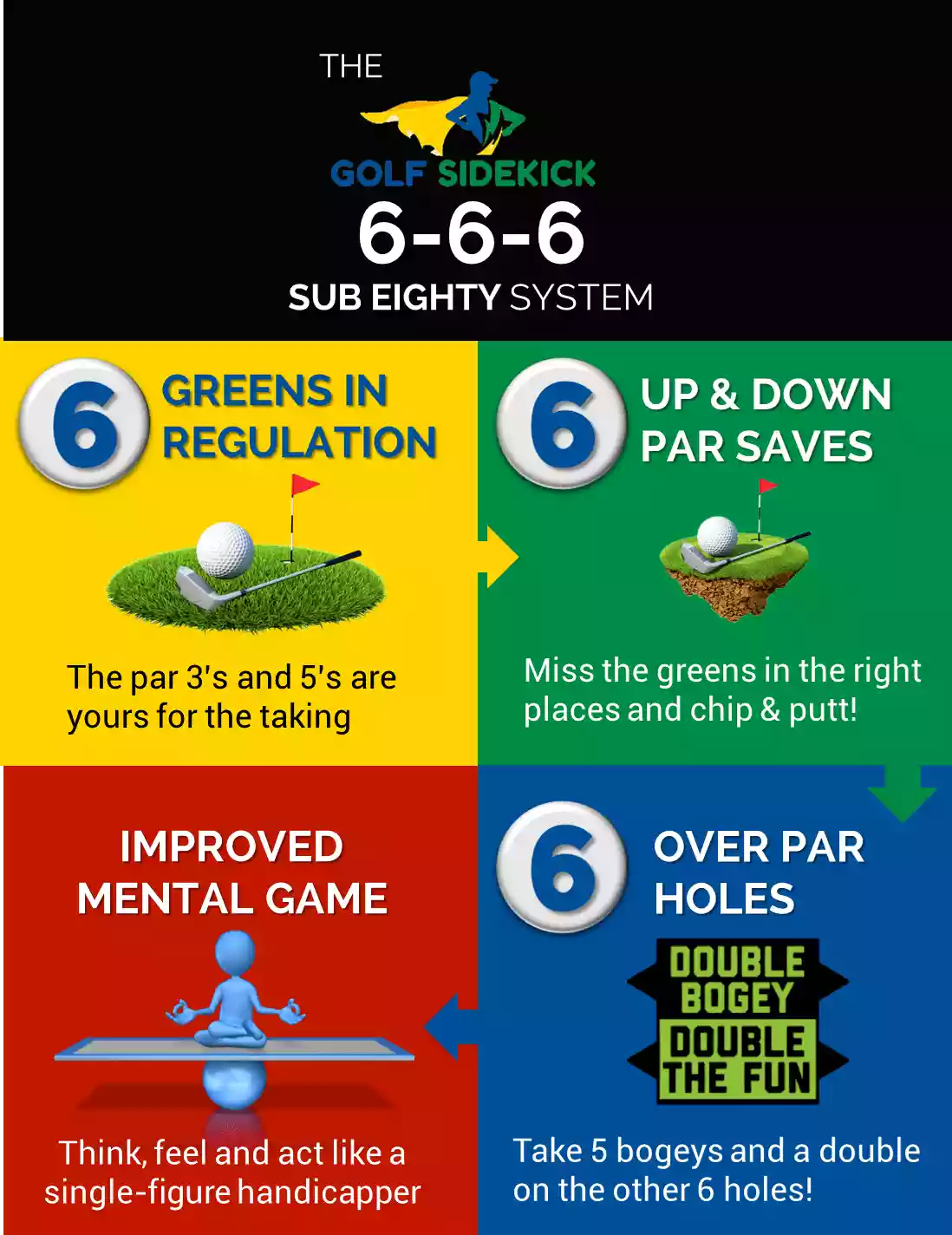Last Updated on December 26, 2023 by Matt Greene
The lob wedge can be a tricky club to play with, but many golfers want to be like Phil Mickelson so they're desperate to put one in their golf bag. Most recreational golfers should only be carrying a couple of specialist wedges, so should you play a 58 or 60 degree wedge?
I think that on the whole, average golfers will find it easier to hit a 58 degree wedge over a 60 degree lob wedge. A 58-degree wedge will provide most players more forgiveness over a higher lofted wedge and will also give them more consistent distance control.
BUT if you are already carrying a 56 degree wedge, a 58 degree might not be best for you because the loft difference is too small, making your wedge gaps tight. Let's take a deep dive into the 58 vs 60 degree wedge conversation and see what will work best for you.
Should You Use A 58 Or 60 Degree Wedge?

As a rule of thumb, the less loft there is on a wedge, the easier an average golfer will find it to hit. If you want to play a lob wedge, a 58 degree will suit you better. Wedges with 60 degrees of loft or greater are usually reserved for scratch golfers and professionals.
I used to play a 60 degree wedge and I then changed my gapping and got a 58°. I genuinely cannot tell the difference in loft looking down at the club and I find that it gives me more consistent distance control on full shots. Partial pitch shots inside 60 yards work well with it, but it is especially good out of green side bunkers which is my main use for it.
So I would say that you should use a 58 degree if you want more forgiveness than a 60 degree wedge. It's very small difference of 2 degrees and is more mental than anything else. But the big decider will be which gapping you use in your wedges.
I was originally fitted with 50/56/60 wedge as a higher handicap but noticed I didn't use the 60 degree for anything above 80 yards and did not trust it on full shots. I switched to a tighter 50, 54, 58 set of wedges and found I had more options for my full shots, pitches and chips. The 58 degree is still used for most partial shots, but I feel a 95 yard shot is very easy to achieve compared to the 60 degree and I often have that distance into the green.
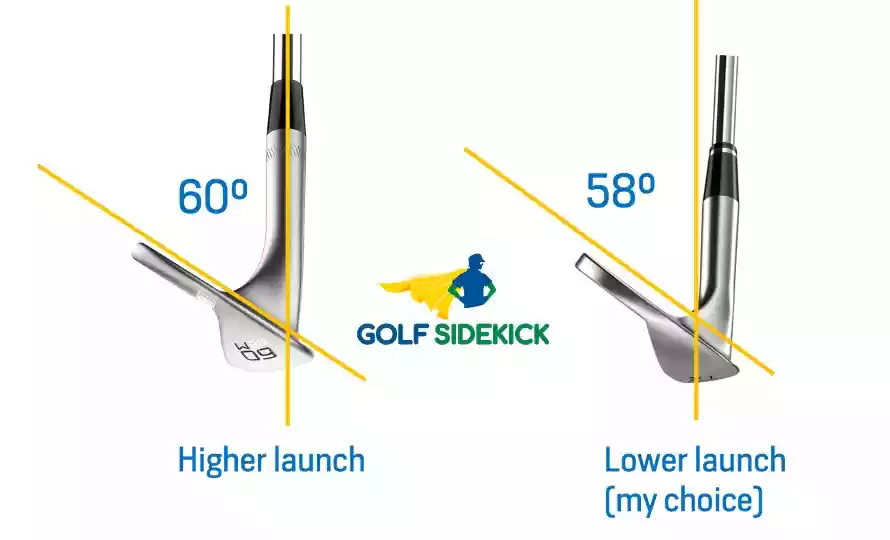
Here's what I recommend the average golfer has for wedges:
You can play a lob wedge but it's a tricky club to master. I have written an article about when to use the lob wedge so check that out before adding a high lofted wedge to your bag.
Most golfers have a pitching wedge as part of their set of irons. If you wanted to build a 3 wedge setup from there, this is what it could look like:
- 44-degree pitching wedge.
- 50-degree gap wedge.
- 56-degree sand wedge.
I like this simple set up for recreational golfers as it has an even gapping to give you consistency with your short game. You actually do not need a 58 or 60 degree wedge if you're not practicing that club intensely. It will cost you more shots than help you if you do not really work at it.
Some iron sets will have a more traditionally lofted pitching wedge at 46 degrees. If you have one of these you could go for three wedges set up like this:
- 46 degree wedge (pitching wedge)
- 52 degree wedge (gap wedge)
- 58 degree wedge (lob wedge)
It's a good idea to start with your pitching wedge loft and work up from there. If you are noticing a yardage gap between clubs, you could look at your wedge lofts or it could be a technique issue. Either way, see a PGA pro for advice.
If you're a more advanced player who wants many options and the top of your bag is covered, you can use a set up with either a 58 or 60 degree but by this stage of your golfing career, you should understand exactly what you want your wedge to do:
- 46 degree wedge (pitching wedge)
- 50 degree wedge (approach wedge)
- 54 degree wedge (gap/sand wedge)
- 58 degree wedge or 60 degree (lob wedge)
If you're playing a course with firmer greens, and lots of raised greens, you'll find a 60 degree useful. If your course isn't too tricked up and you know the distance gap in your bag, you can plug that hole with either 58 or 60 - it will make no difference. The big difference comes in your head whether you trust it or not. You must love your lob wedge so get the one you LOVE.
What Is A 58 Degree Wedge Used For?
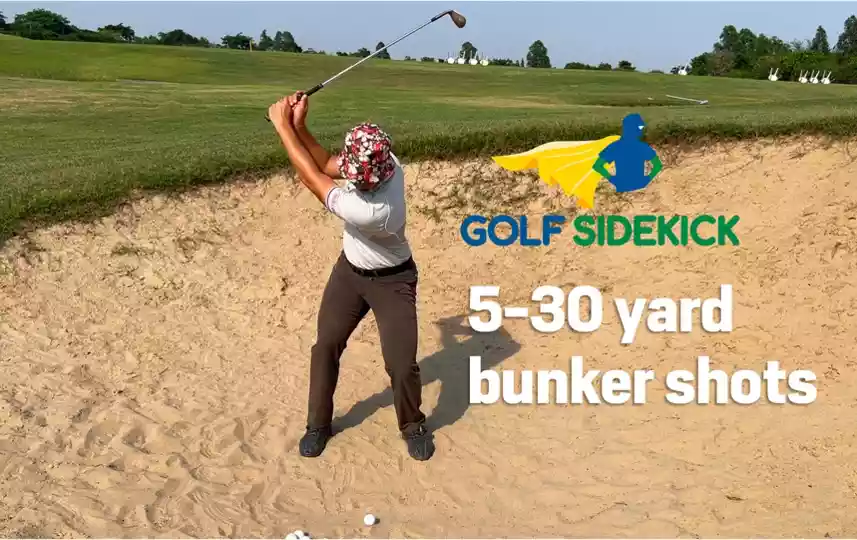
A 58 degree wedge is somewhere between a sand wedge and lob wedge. Due to its higher loft, a 58 degree can be used to get the ball in the air fast. It is useful out of the rough and wet bunkers.
- Bunker shots. Lower bounce on the wedge is preferred for hard bunker shots and higher bounce is preferred for fluffy and soft bunkers. If the bounce is too high on harder surfaces, the club will bounce the leading edge into the ball and you will thin it a lot. If there is not enough bounce on a wedge in soft bunkers your club will dig instead of skim as it is supposed to.
- Lob Shots. You can hit high lob shots in tricky situations around the greens or over obstacles. You need to really practice this shot a lot and make sure you use correct technique for distance control. You can find a good video about it on my channel.
- Partial pitch shots between 30 and 75 yards. It's not advised to hit wedges very hard because it increases spin and is harder to control the ball flight. For partial shots though, the 58 degree wedge is excellent. You can check out Dave Pelz clock system
Can you use a 58-degree wedge as a sand wedge?
Yes you can use a 58 degree wedge as a sand wedge. It's a good option for golfers who struggle with their sand shots and often leave the golf ball in the bunker. Choosing a high bounce club will also help with playing bunker shots out of softer, fluffier bunkers as mentioned above.
I would however, still recommend getting a standard sand wedge of 56 degrees if you're a part time golfer, as it will give you more versatility around the green and with bunker shots.
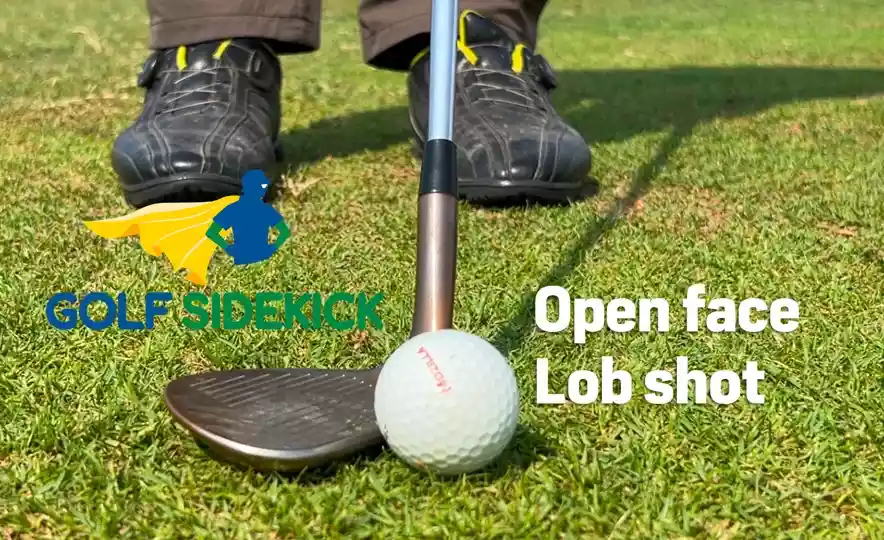
58 degree wedge distance
If you have a pretty solid repeatable golf swing, you will expect to hit a 58 degree wedge around 80 yards with a full shot. As most players only take half swings or three quarter swings with their wedges the distances can vary from 50 to 105 yards.
I wouldn't really recommend hitting a full shot with most wedges - this can cause a lot of fat shots because of the increased 'V' shape in the swing. You'll also generate maximum spin hitting it harder, which ironically makes the wedge distance shorter and spin backwards more. It's easier to club up and swing easy than swing hard with a higher lofted club. Shorter or a half swing offers better control and lob wedges are not the most confidence inspiring clubs to look down at!
What Is A 60 Degree Wedge Used For?
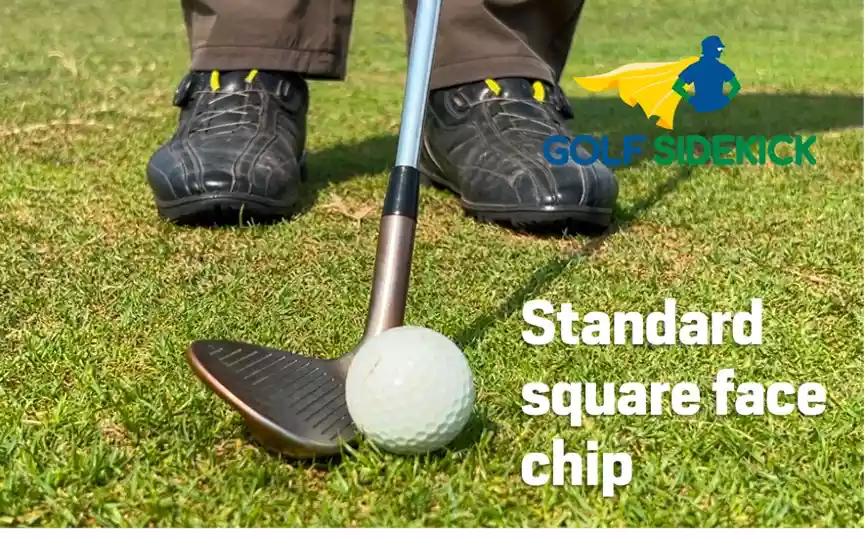
A 60 degree lob wedge is a specialist golf club which is used to launch the golf ball in the air quickly and then land softly and stop quickly at the target.
You can use a 60 degree wedge for most short game shots depending on your skill level. Many PGA tour players will use a 60 degree as the rough on the courses they play is very deep and sticky and sand wedges don't provide the control they need. But they practice for hours every day with their wedges so no shot is too difficult for them.
A 60 degree wedge is also useful if you are playing on a course with fast greens and want to generate the spin necessary to get the ball to check up. Importantly for 60 degree wedges, you want to get the correct bounce for your course.
1. Soft or soggy turf golf course with fluffy bunkers: Higher bounce will prevent your club digging into the ground. It will skim off the ground instead of digging. If your bounce is too low, you'll experience a lot of digging and big beaver pelt divots. In the soft bunkers, with high bounce, you will notice a very easy sliding of the club under the ball. If your bounce is too low, you need to really shallow out your swing to skim the club just right making the margin for error very small.
2. Firm or dry golf courses with firmer bunkers: Lower bounce wedges will suit your course. The wedge will not bounce as much off the firmer surface if the bounce rating is lower. You of course need to pick the ball a bit cleaner in these conditions so keep it in mind when you visit softer or more lush golf courses that you may need to change your wedge concept.
60 Degree Wedge distance
As it is often the most lofted club available to golfers, the 60 degree wedge will go the shortest distance. On average, a 60 degree wedge will travel 75-80 yards from a full swing. Like the 58 degree, this distance will change depending on if a player is hitting half shots or if they have high swing speed.
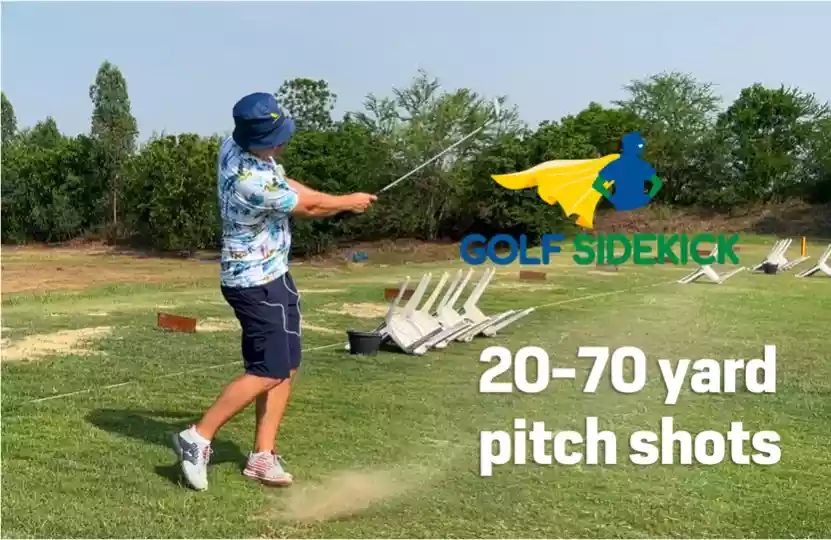
If you were to take a full swing with your 60 degree wedge, your distance should be somewhere around 100 yards. Most golfers swing at half or three quarter speed, that’s why the average number is 75 yards.
I would recommend a smooth swing with a 60 degree wedge, and to even limit its use to short chip shots and shorter distance pitch shots.
Conclusion
In this article we have looked at the main differences between a 58 vs 60 degree wedge. Even though the loft difference is only two degrees, I think that average golfers find a 58 degree easier to play with from a number of different situations.
Over the past few years I have stopped using a 60 degree and I feel the 58 degree is the right golf gear for my game. Make sure that you consider your wedge gapping when buying a new wedge and as always try and test any new clubs out on a Trackman or other radar tracking piece of equipment.
If you only pick two wedges to play with I would use 52 degree gap wedge and a 58 degree wedge for maximum versatility.

